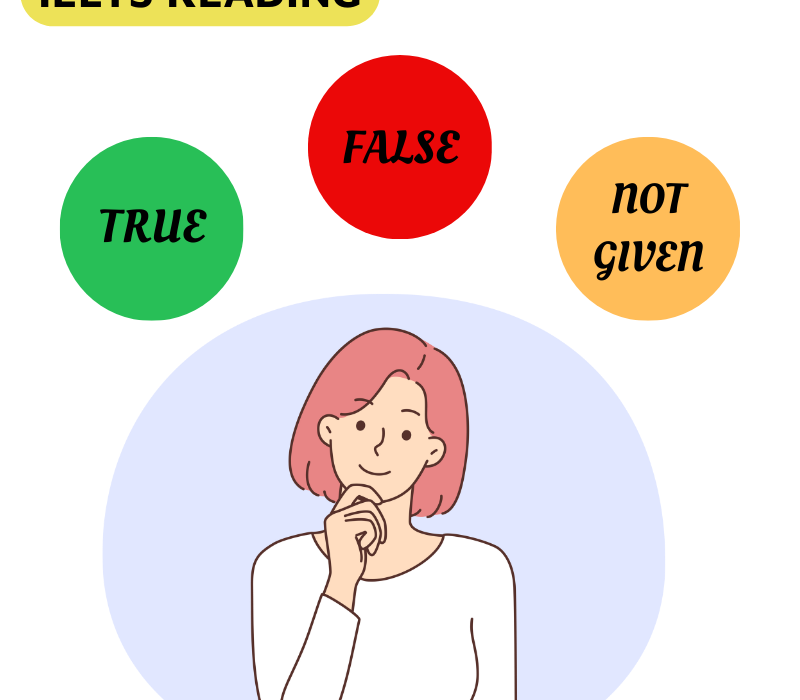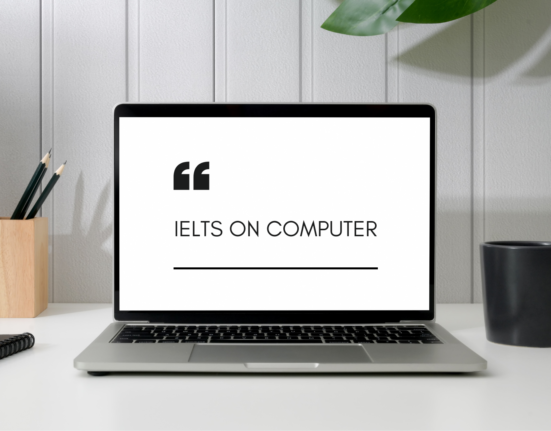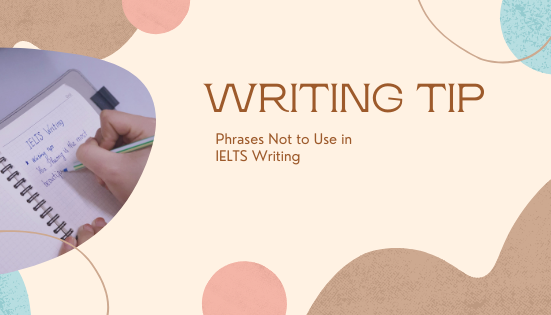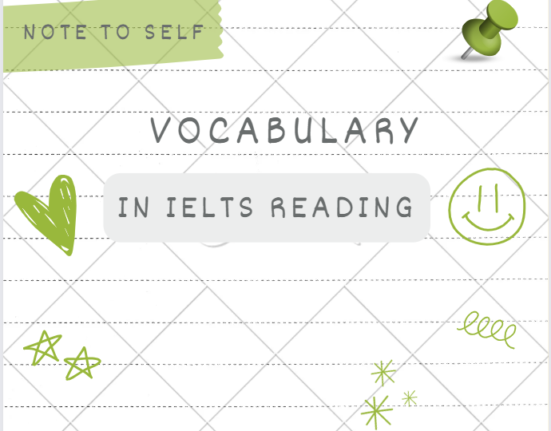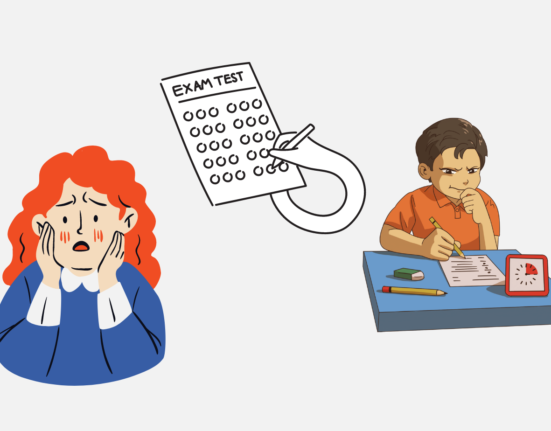The True/False/Not Given question type is considered the most challenging in the IELTS Reading test. However, don’t worry too much. Please refer to the strategies provided by Essay King below and apply them to your preparation process!
Definition of True/False/Not Given
In IELTS Reading, this type of question usually comes in two main forms:
True/False/Not given: This type requires you to rely on the facts mentioned in the passage.
Yes/No/Not Given: This type requires you to infer based on the author’s perspective.
True/False/Not Given
Based on the information provided in the passage, you will choose between True/False/Not Given for each question.
True: The information in the question matches the information provided in the reading.
False: The information in the question contradicts the information provided in the reading.
Not Given: The information is not mentioned at all in the reading.
Indicators: Do the following statements agree with the information given in the text/reading…?

Yes/No/Not Given
Based on the information provided in the passage, you will choose between Yes/No/Not Given to assess whether the question matches the author’s opinions or views.
Yes: The information in the question aligns with the author’s opinions or views.
No: The information in the question contradicts the author’s opinions or views.
Not Given: The author’s viewpoint is not evident.
Indicator: Do the following statements agree with the claims/views of the writer in Reading…?

Method for answering True/False/Not Given questions in IELTS Reading
General principles
- The key to True/False/Not Given questions lies in the meaning of the statements. If you can find the content of the statement in the reading passage, your answer may be TRUE or FALSE.
- If you cannot find the content of the statement in the reading passage, or if the content does not match, your answer may be NOT GIVEN.
- Be cautious with keywords. Keywords in this question type serve as ‘guides’ rather than directly leading you to the answers. A statement could be NOT GIVEN but still contain keywords from the passage. This can lead to confusion between TRUE and FALSE.
3 steps to never go wrong with True/ False/ Not Given questions
- Step 1: Read all the questions and underline KEYWORDS
This is the MOST IMPORTANT step in True/ False/ Not Given questions and Reading in general. If you underline the right keywords, you’re almost guaranteed to score points. However, many people underline too much, anything they see as “new” or “dangerous,” they underline. This leads to a state of “chaos,” making you not understand the questions, just “intently” looking for passages in the reading that contain many words similar to the question or not. And be sure, you’ll fall into the synonym trap, which is extremely common in the IELTS Reading test.
What you only need to focus on when doing True/ False/ Not Given:
- Proper nouns/ Numbers: very easy to scan
- Specialized words: often in italics or parentheses
- Words that IELTS “doesn’t require you to know”: A bit difficult to understand, but these are ‘odd’ words. They are usually nouns without suffixes (no -tion/ -ment/ -ance/…). For example, in the sentence “He rented a garret,” the ‘odd’ word here is “garret.”
- Words that only represent one aspect of the topic: For example, in reading about Tourism, if the sentence contains the words “cost of tourism,” underline the word “cost.”
The reason for underlining words like these is that they are VERY DIFFICULT TO PARAPHRASE. So when scanning, you only need to focus on finding these words without worrying that in the reading, they will be “disguised” as other words.
- Step 2: Scanning
Once you know exactly what you are looking for, scanning becomes simpler. There’s no secret technique to scanning a text; you just read from left to right. Your scanning speed will gradually improve with consistent practice, so don’t worry if you start slowly.
So, how do we know we’ve correctly identified the section we need to read? The key is when there are more than 2 words (especially keywords) in the question that match the passage.
- Step 3: Comparing
When comparing the question with the text, first, you need to determine where the focus of the True/False/Not Given statement is. A question may be lengthy, but the focus is usually on 1-2 words.
For example:
Question: There may be genetic causes for the differences in how young the skin of identical twins looks.
This statement aims to confirm the issue of “differences in how young the skin of identical twins looks” is DUE TO “genetic causes.” If the text says:
- Due to genetics: True
- Due to other causes: False
- It mentions differences but doesn’t state the cause: Not Given
Some Tips for True/False/Not Given Questions in IELTS Reading
- Use the elimination method
The more options you have, the harder it is to choose. So, when doing True/False/Not Given questions, don’t rush to choose an answer; instead, eliminate one option. Typically, one of the options you eliminate will be either True or False. This simplifies the problem to either True/Not Given or False/Not Given.
- Locate the answers in sequence
Usually, the answers will appear in the order you read the passage. If you can’t find information for question 8, you can estimate the information between questions 7 and 9.
- Translate through content
The purpose of reading through the content is to identify the core meaning of the statement, and the top priority is to understand what the statement is saying. To translate through content, you need to:
- Have sufficient vocabulary to understand what the keywords mean (for IELTS, the vocabulary required to understand at least one reading passage is between B2-C1 level).
- Translate into your language, even using colloquial language if it’s familiar to you.
- Keep it concise, and you can skip some grammatically insignificant words.
- When translating, always include QUANTIFIERS.
- Pay attention to certain words and phrases that determine the meaning of the sentence
These phrases can be adverbs indicating frequency (always, often, barely, etc.), adverbs indicating the likelihood of action (probably, likely, etc.), quantifiers (some, many, most of, etc.), and modal verbs (have to, can, must, etc.). These words can completely change the meaning of the sentence.
Note:
“Not Given” does not mean there is no information. Usually, the information for a “Not Given” question will be in the text, but that information is not used to answer the question as presented in the prompt. You can easily be misled by verbs that are missing or antonyms in the text, so be careful.
You should not guess or infer information that you believe to be true based on your subjective opinion. The information to answer the question is only in the reading, and you should not overcomplicate things.
These are all the tips from Essay King to help you improve your skills in answering True/False/Not Given questions in the IELTS Reading section. Please consider and apply these tips to your Reading practice to enhance your proficiency. Best wishes for conquering the Reading skill in the IELTS exam and achieving high scores in the IELTS test overall.






